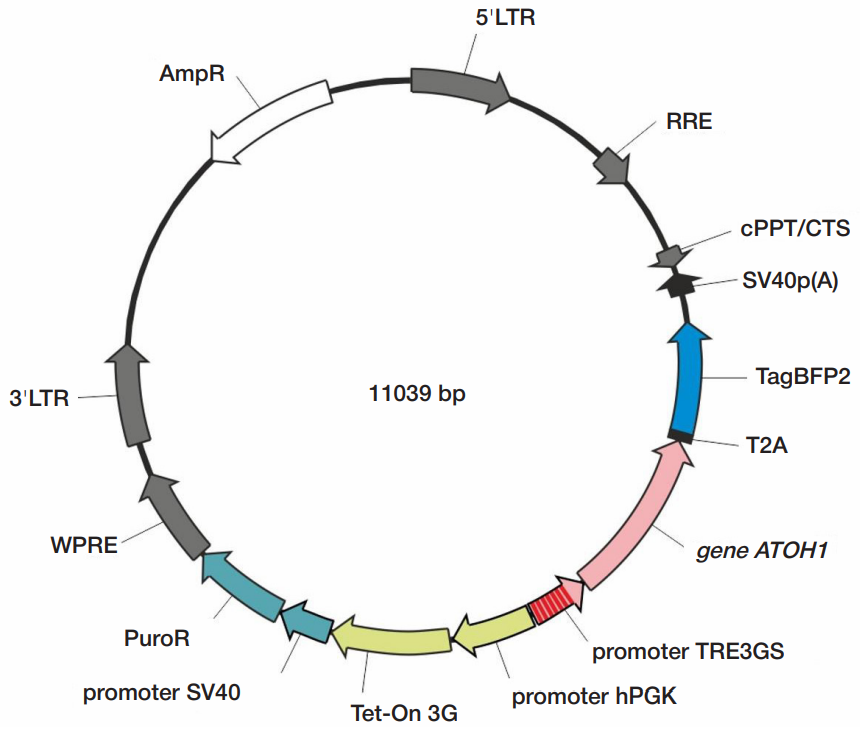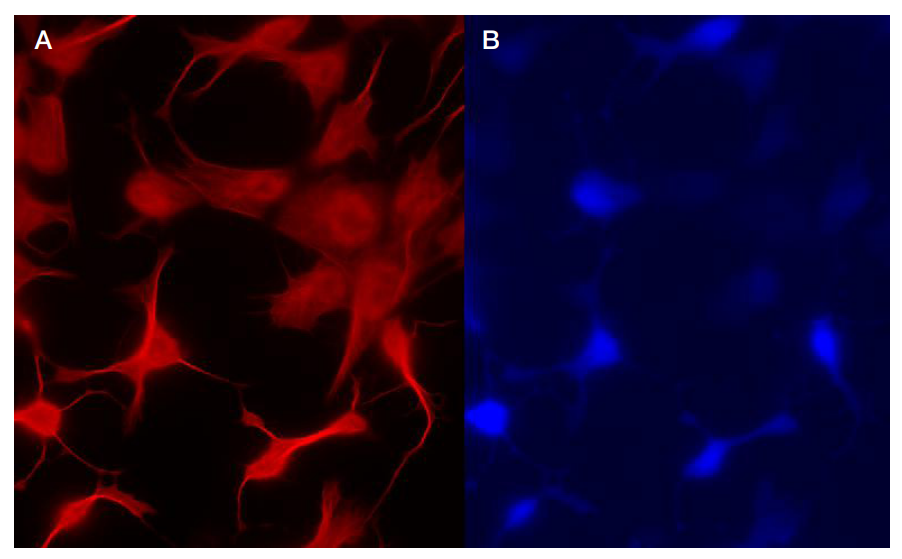
This article is an open access article distributed under the terms and conditions of the Creative Commons Attribution license (CC BY).
ORIGINAL RESEARCH
ATOH1 factor expression induces rapid differentiation of iPSCs into neurons
1 Skolkovo Institute of Science and Technology, Center for Molecular and Cellular Biology, Moscow, Russia
2 Shemyakin-Ovchinnikov Institute of Bioorganic Chemistry, Moscow, Russia
3 Pirogov Russian National Research Medical University, Moscow, Russia
4 Lomonosov Moscow State University, Moscow, Russia
Correspondence should be addressed: Nadya G. Gurskaya
Ostrovitianova, 1, str. 1, Moscow, 117997, Russia; ur.liam@ayaksrugn
Funding: the study was supported through the grant by RSF (№ 22-14-00141).
Author contribution: Stepanov AI — experimental procedure; Putlyaeva LV — experiment planning, manuscript writing; Didych DA — design and molecular cloning of the leniviral plasmid components, processing of figures; Galiakberova AA — cell culture; Gurskaya NG — concept and design of iPSC study; Lukyanov KA — general management.



